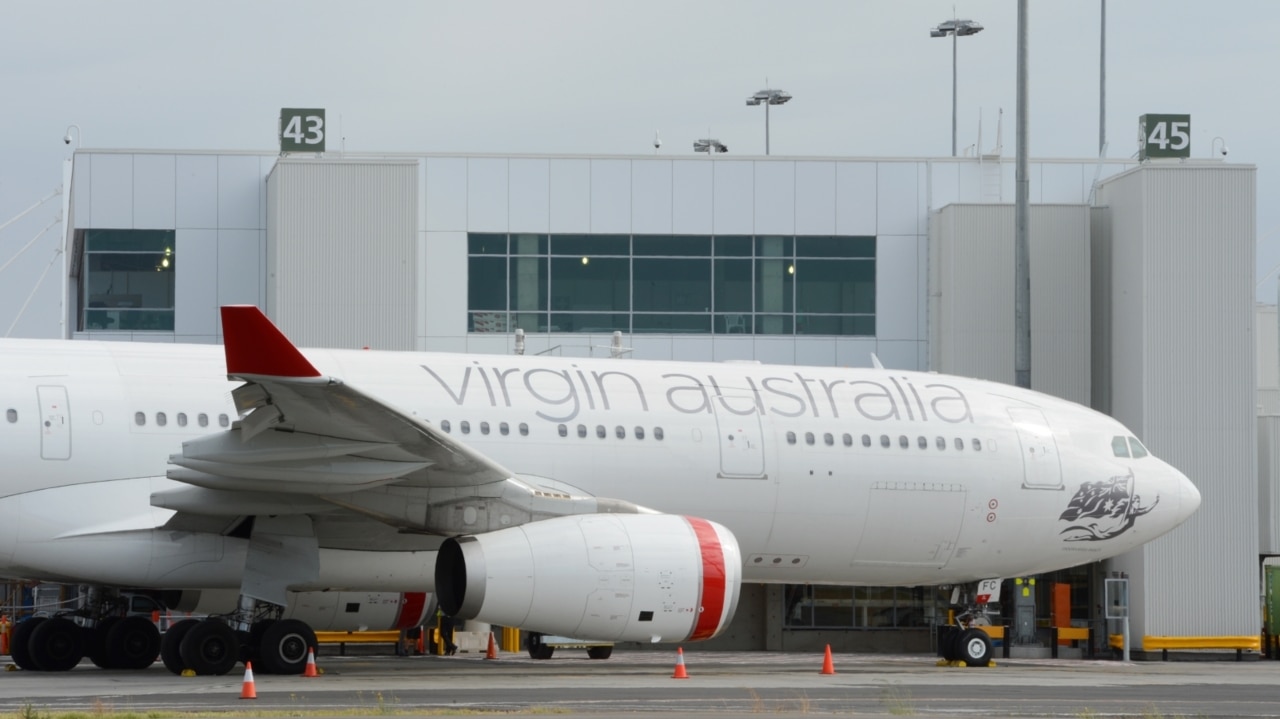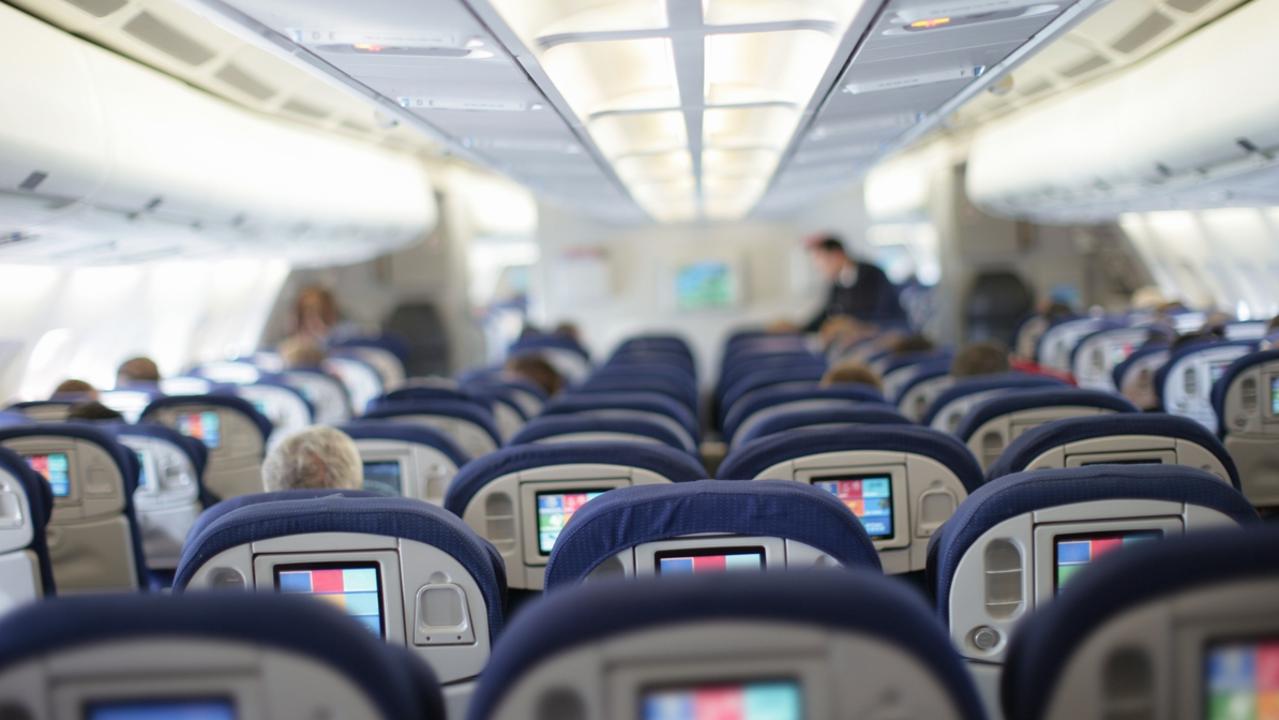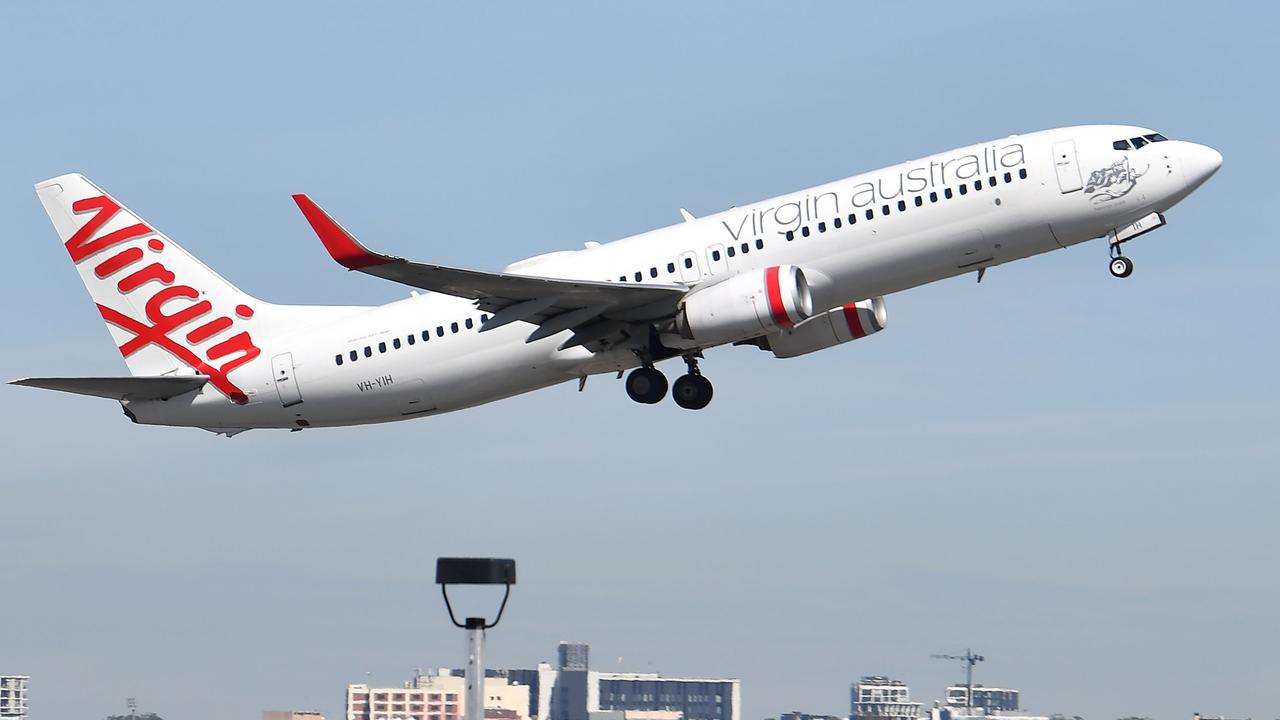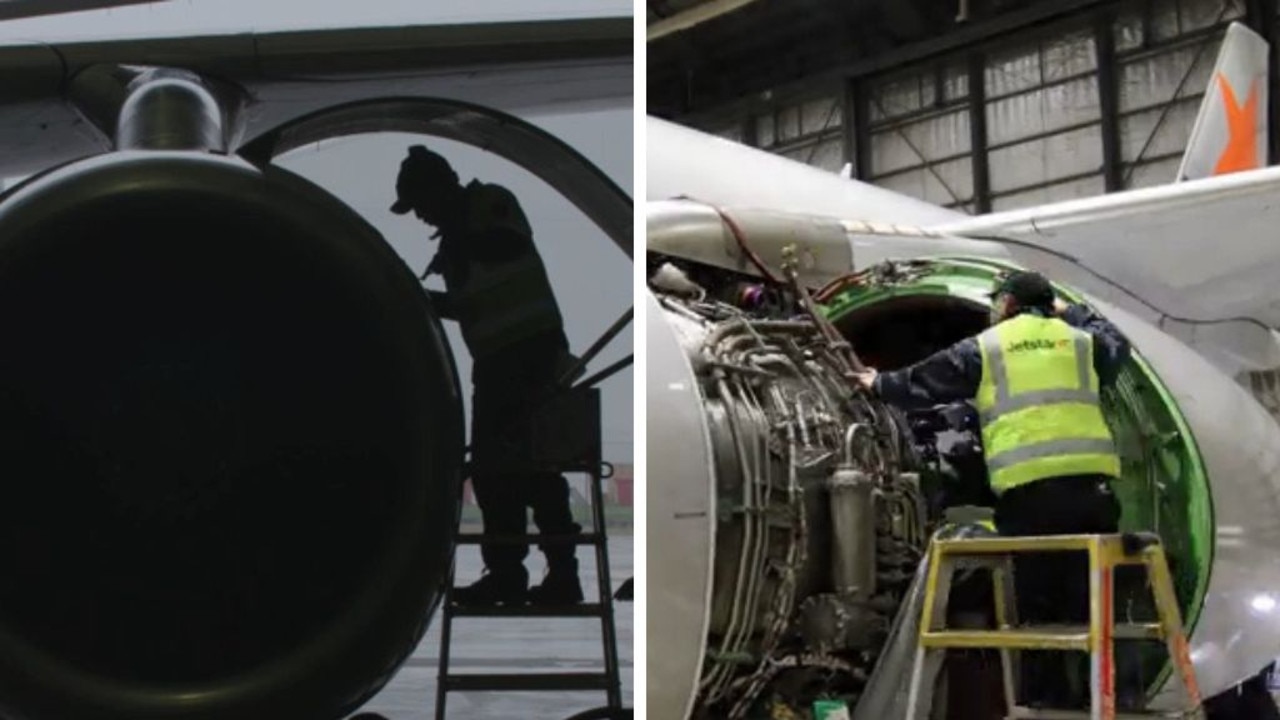Coronavirus may cause price hike on plane tickets in the future
The good news is we will one day fly again. The bad news is new rules in the post-COVID-19 age may see the cost of flying go way up.

The post-coronavirus future might be bad news for budget travellers.
While almost every passenger jet in the world is grounded during the pandemic, the industry is imagining what the industry will look like when passengers finally return to the skies.
And it will probably involve strict new safety rules that may see the cost of airfares spike, the general-director and chief executive of the International Air Transport Association (IATA) said.
RELATED: Follow the latest coronavirus crisis
RELATED: Aspect of flying that might change forever
Alexandre de Juniac told The Independent there were two new concepts that were likely to be part of the industry’s future as governments and health authorities seek to protect the health of passengers when flying resumes.
“De-densification” refers to social distancing in plane cabins and “neutralisation” involves seats that have to stay empty.
If those concepts are enforced, it will mean more empty seats on planes to maintain social distancing – which means higher airfares as airlines seek to recover lost revenue.

For example, if a plane that usually holds 189 passengers took all middle seats out of play, there would be only 126 people allowed on the aircraft.
RELATED: Virgin threatens administration: reports
“De-densification, if it is requested by the civil aviation and the health authority, will be by neutralising one seat in each row among the two rows of seats of short-haul aircraft,” Mr de Juniac told The Independent.
“That is a complete shift of the business model of airlines operating short-haul aircraft.”
Some overseas airlines that are still flying domestically are already introducing strict social distancing measures on their flights.
Alaska Airlines is blocking out middle seats on larger aircraft and aisle seats on smaller aircraft, according to the newspaper.
IATA guidelines say the last three rows of the cabin must stay empty so there is space to handle any in-flight emergencies.
This is a on a flight from Nth Qld to Bris today for work.
— 😷ðŸ¨ðŸ’§Greenmitty🌳 (@greenmitty) April 13, 2020
What kind of social distancing is this? Pls RT. #covid19australia@Qantas @AnnastaciaMP @MadFckingWitch @vanOnselenP @abcnews @ScottMorrisonMP pic.twitter.com/dAs9TNjPXf
Qantas came under fire this week after a Twitter user shared a photo of a Qantas flight packed with passengers and questioned how a flight was able to travel with so many people on-board.
According to the man, the Qantas flight was from Townsville in far north Queensland to Brisbane on Monday afternoon.
“This is a on a flight from North Queensland to Brisbane today for work. What kind of social distancing is this?’ the passenger captioned the photo.
‘OUTLOOK GROWS DARKER’
It comes as the IATA warns airline passenger revenues are set to plunge by 55 per cent, or $490 billion, in 2020 due to the coronavirus pandemic.
It marks a sharp worsening of the forecast for the aviation industry, as just three weeks ago the decrease was predicted to be 44 per cent, or $393 billion.
“The industry’s outlook grows darker by the day,” Mr de Juniac said, AFP reported.
“The scale of the crisis makes a sharp V-shaped recovery unlikely. Realistically, it will be a U-shaped recovery with domestic travel coming back faster than the international market.
“Without urgent relief, many airlines will not survive to lead the economic recovery.”

As of early April, the number of flights worldwide was down by 80 per cent compared to the same period in 2019, said IATA, which brings together 290 airlines.
The crisis began for the aviation sector at the end of January when airlines suspended services to China, where the COVID-19 virus outbreak began.
Since then IATA has repeatedly increased the estimated revenue losses as border closures have followed the spread of the new coronavirus around the world.
In its latest assessment, the association factored in longer-than-expected restrictions on international travel, and the virus spreading in Africa and South America.
De Juniac said that meetings with governments would start later this week to work up a plan to restart the sector, first by getting domestic flights going again, followed by regional and finally intercontinental routes.
“Monitoring the health of passengers will be a key element in this restart,” he said.
Although he could not say for the moment what form that would take, he said there should be uniformity around the world to avoid a patchwork approach.
IATA is calling for airlines to be given financial relief in the form of loans, loan guarantees, support for the corporate bond market and tax relief.



